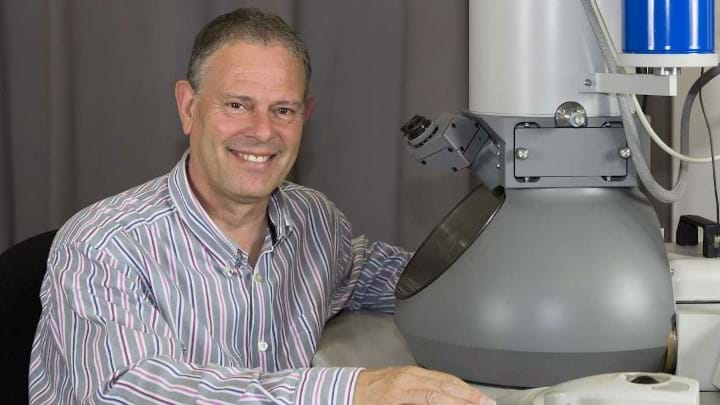New steel manufacturing process could lower emissions in car industry

ENGINEERS have developed a new method of steel manufacturing to produce strong, lightweight steel which could help to lower CO2 emissions in car manufacturing by making the vehicles lighter.
The study, led by Mark Rainforth and Junheng Gao from the University of Sheffield’s Department of Materials Science and Engineering, showed that adding copper to the steel could improve the properties.
Copper is usually avoided in steel production as it can cause detrimental effects, but recycled steel often contains copper if it comes from items that contained electrical wiring. Steel production is responsible for 7–9% of global CO2 emissions, making it increasingly important to use recycled steel.
Rainforth, a Professor of Materials Science and Engineering, explained that copper in steel usually causes hot shortness, where the metal can crack when it’s hot. They overcame the problem through a measure that sounds counterintuitive – adding more copper.
“At low levels, copper can segregate locally which causes the hot shortness,” said Rainforth. “But with much higher quantities of copper, we found that it is distributed uniformly throughout the microstructure. We have also introduced two additional process steps. The first is to introduce a cold roll. This is followed by a flash anneal. During the flash anneal, two things take place. Firstly, recrystallisation occurs, which leads to the formation of a very fine grain size. Secondly, and this is the clever bit, copper precipitates throughout the structure as very fine particles which immediately pin the grain boundaries. This retains the ultrafine structure. This is a unique process where recrystallisation and precipitation occur simultaneously.”
Advanced imaging showed that copper precipitates rapidly within the crystal grains of steel when it is heat treated during processing. This restricts the grains from growing within the microstructure, leaving an ultrafine-grained steel with high strength and ductility, that is still thermally stable.
The ultra-fine grained steel produced has a strength of 2 GPa, and a 1 cm diameter wire of this strength would be capable of supporting 15 t. The steel is also ductile enough to form complex shapes with an elongation of 45%.
The steel has applications in the car industry, where using lighter steel that still has the required strength means that the vehicle can be lighter overall, therefore lowering its CO2 emissions. The steel could be used in other industries and works best for sheet and rod forms. This is because the alloy has to be flash annealed, which means the dimensions of the steel need to be small enough for rapid heating followed by rapid cooling.
Rainforth said that they are currently working on scaling up the alloy. “A target of the research was to produce an alloy that could be produced on existing production lines. We believe that we have achieved this.”
Nature https://doi.org/f496
Recent Editions
Catch up on the latest news, views and jobs from The Chemical Engineer. Below are the four latest issues. View a wider selection of the archive from within the Magazine section of this site.




